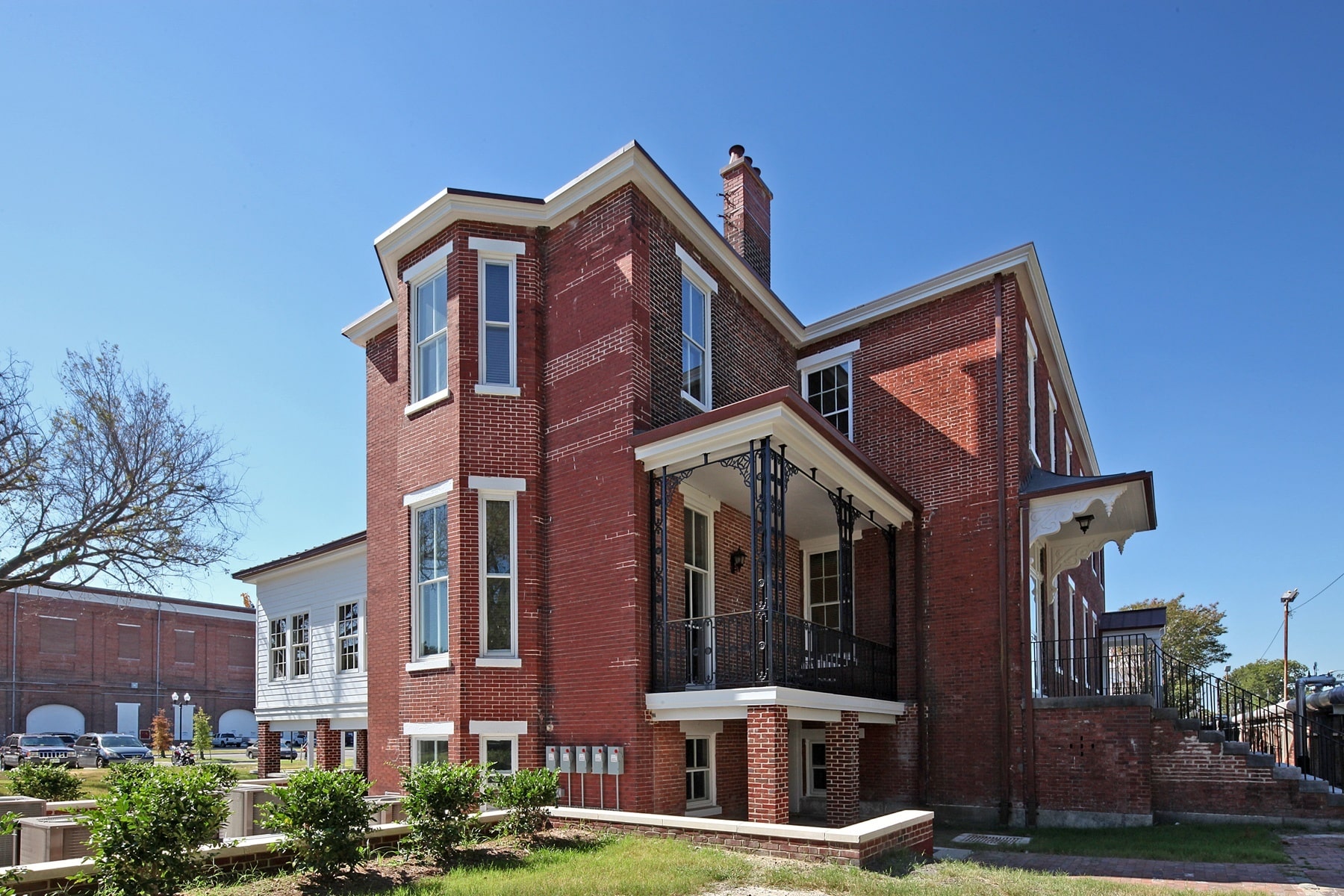
Cost Estimating and Value Engineering services were required throughout this complicated renovation/expansion project in order to assess budget adherence and cost impact of design and selection of systems. Renovation of badly-deteriorated historic buildings, retrofit of modern systems, HAZMAT abatement and repair of structural decay can be difficult to estimate. Understanding these implications during early design decisions were vital to completing the project on time and on budget.
This project was opted out of LEED registration and did not certify. At the time, LEED made no provision for historic structures of this kind. While the project easily scored enough credits to reach certification level, the design team was not able to meet a crucial “pre-requisite” credit for building insulation. These structures were very old and could not have (additional) insulation installed without damage to the “historic fabric,” which was determined by the State Historic Preservation Office (SHPO). To have upgraded the wall insulation, from the exterior or interior, would indeed have had a profound effect on the existing surfaces. As a result of not meeting the minimum EA Prerequisite 2 for minimum energy performance, the project was not eligible for certification. Aside from this discrepancy, the project would easily have gained LEED Silver certification.



